Organizations rely heavily on contact centers as the primary channel for communicating with customers, whether for providing support or receiving feedback and complaints. Despite the critical importance of these centers, traditional models have become clearly insufficient in the face of evolving customer expectations and the diversity of communication channels .
Today, customer satisfaction is no longer dependent on speed of response alone, but also on the quality of the experience, personalization of service, and availability anytime, anywhere. That's why organizations are turning to smart solutions based on artificial intelligence , virtual assistants , and integrated systems .
So what is the future of call centers? How can we transform from a traditional model to a smart environment that provides immediate and advanced customer service?
Traditional Contact Centers – Where Do We Stand Today?
call centers are among the oldest and most widespread methods of customer support, and they have been and continue to be the backbone of communication between an organization and its customers. These centers are built on an infrastructure that relies on human employees who receive phone calls, respond to email inquiries, or even manage conversations via text chat, during specific business hours .
However, this model, despite its stability in the past, has begun to show signs of declining efficiency and flexibility, especially with the significant change in customer behavior and expectations. Today, most customers are looking for faster, easier, and more convenient service outside of traditional business hours .
The most prominent features of traditional call centers :
- Relying on a human employee as the sole source of response : Every interaction requires a trained person, making it difficult to scale without increasing costs .
- Focus on one or two channels at most : Phone calls and email are often managed, while newer channels such as messaging apps or social media are neglected .
- Duplicate routines : A lot of time is wasted responding to repetitive inquiries that could easily be automated .
- Poor integration with Customer Relationship Management (CRM) systems : This hinders a complete view of customer history or the provision of personalized and rapid service .
Recurring challenges in this model :
- High operating costs : Each client requires dedicated time and staff, so as the number of clients grows, it creates an increased financial burden .
- Limited service hours : Support is tied to business hours, which does not meet customer needs in the evenings or during holidays .
- Human fatigue and performance fluctuation : Repetition and pressure may lead to decreased service quality or errors in response .
- Slow response times : such as promotions or discount days, when the number of calls increases and human teams cannot keep up with demand .
Why is it no longer enough?
In the modern business environment, customers expect immediate, personalized, and accessible service—all across multiple channels. Traditional call centers, with all their limitations, are no longer able to deliver this experience alone. Competitors that embrace modern customer service technologies are better able to gain customer trust and repeat business .
For this reason, there is increasing talk about the need to rethink the shape of contact centers , adopting solutions based on artificial intelligence, channel integration, and intelligent automation .
The Rise of Intelligent Customer Support
Faced with the mounting challenges of traditional contact centers, organizations are turning to a new model known as intelligent customer support. (Smart Customer Support) , a natural evolution resulting from the integration of artificial intelligence (AI) , data analytics, and automation tools at the heart of customer service operations .
This transformation is not just about reducing costs or speeding up responses, but about redefining the entire customer experience by providing personalized, immediate, and comprehensive support across multiple channels .
What is smart customer support?
It is a model based on advanced technologies such as :
- Natural Language Processing (NLP) : To understand written or spoken customer requests in a manner similar to human understanding .
- Machine Learning : To improve the accuracy of responses and recommendations over time .
- Sentiment Analysis : To distinguish the customer’s tone and determine whether he is angry, upset, or satisfied .
- Workflow Automation : To direct the request to the appropriate department or execute it automatically if it is simple .
Advantages of smart customer support :
- 24/7 Instant Response :
No need to wait for an available employee, as smart assistants operate without interruption, reducing waiting time and increasing customer satisfaction . - Handling an unlimited number of customers at the same time :
While a human employee can serve one or two customers at a time, an intelligent system can process hundreds of simultaneous requests . - Accurate and reliable answering of frequently asked questions :
Systems are trained on internal databases, policies, and products, allowing for accurate and always up-to-date answers . - Ability to customize responses based on customer history :
By connecting with a CRM system , the smart assistant can provide personalized service based on previous purchases, previous complaints, or user preferences . - Real-time analytics for performance improvement and decision-making :
Management can monitor performance indicators such as average response time, satisfaction rates, and most frequently asked questions, enabling continuous service improvement .
Intelligent customer support doesn't mean eliminating the human element, but rather freeing them from repetitive tasks to deal with complex or strategic cases. This balance between artificial intelligence and humans is what distinguishes modern organizations .
With this trend, organizations no longer view the contact center as a necessary cost, but rather as a strategic tool for improving the customer experience and enhancing loyalty and retention .
Digital and Virtual Assistant – The Employee of the Future?
With the advancement of artificial intelligence and its ability to understand language and interact seamlessly, a new class of customer support tools known as digital assistants or intelligent virtual agents has emerged . These tools are no longer simple bots that respond with pre-defined answers, but rather digital entities capable of understanding the customer's intentions and interacting intelligently with the context of the request .
The difference between a chatbot and a smart virtual assistant :
|
The property |
Traditional chatbot |
Smart Virtual Assistant |
|
How it works |
Based on simple rules or memorized texts |
Based on artificial intelligence and language processing |
|
Understanding the context |
limited |
Advanced, able to track conversation and analyze intent |
|
extent of interaction |
Typical questions/answers |
Multi-step interactive dialogue |
|
Integration with systems |
weak or non-existent |
Integrated with CRM , databases, internal systems |
|
Learning and self-improvement |
no |
Yes, it evolves over time. |
Prominent use cases :
- Answering frequently asked questions (FAQs):
such as business hours, return policy, order status, saving employees significant time . - Automate simple processes :
such as opening a support ticket, booking an appointment, resending an invoice, or requesting a product return . - Omnichannel Interaction :
The virtual assistant works across chat apps, the website, mobile apps, and even email or voice calls . - Switch to a human agent when needed :
Once the virtual assistant encounters a situation requiring human intervention, it switches the request to the appropriate agent and summarizes the conversation for easy follow-up . - Providing intelligent recommendations :
In some areas, such as e-commerce or banking, the assistant can recommend the most appropriate product or service based on customer behavior and preferences .
Integration with future CRM :
When a digital assistant integrates with modern CRM systems, it can :
- View customer interaction history .
- Applies service allocation rules according to customer category .
- Adds automated notes to customer records .
- Tracks the progress of open tasks or tickets and automatically updates their status .
Will a digital assistant replace an employee?
Not necessarily. The goal of using a virtual assistant isn't to completely replace a human employee, but rather to increase the team's efficiency by handling repetitive, routine tasks and providing immediate service to a greater number of customers while maintaining quality and speed .
A look at the next generation of contact centers
Contact centers are no longer just a means of answering customer inquiries; they have become a vital interface for the organization and the customer experience. With evolving customer needs and increased reliance on digital channels, the need for a new contact center model has emerged : one that is intelligent, integrated, and multichannel .
DocSuite Contact Center comes As a practical embodiment of this approach, it combines artificial intelligence technologies, ticket management, integration with internal systems, and support across multiple channels—all within a unified, easy-to-use interface. This system aims not only to improve responsiveness, but also to achieve a cohesive and efficient customer experience , beginning from the first contact and ending with a satisfactory and documented resolution .
Below we highlight the most prominent features of this new generation of contact centers, through the features and advantages of the system. DocSuite .
Omnichannel communication
Today's customers expect the freedom to communicate via their preferred channel, whether it's phone, email, instant chat, or even messaging apps. DocSuite Contact Center is a unified platform that allows you to receive and track conversations across multiple channels in one place. This feature not only ensures ease of work for employees but also provides a consistent and seamless experience for customers, regardless of the communication method they use .
Smart integration with enterprise systems
It is distinguished DocSuite With its ability to seamlessly integrate with other systems within the organization, such as customer relationship management (CRM) , maintenance management systems (CMMS) , human resources, or document archiving, this integration allows the contact center instant access to customer data, past requests, or open support cases, speeding up service and reducing errors resulting from manual data transfer between systems .
Smart ticket and support request management
Every interaction with a customer is automatically logged as a "support ticket," including details of the request, the channel used, and the responsible employee. The system categorizes tickets according to priority and type of service requested, automatically directing them to the appropriate team. It also monitors the processing progress and sends notifications to employees and customers when necessary, ensuring that no request is lost or unjustifiably delayed .
Instant analytics and reports
He provides DocSuite An interactive dashboard displays real-time data on call center performance. Supervisors can track the number of open tickets, average response time, completion rates, and customer satisfaction levels. Additionally, the system generates periodic reports that help understand trends, identify weaknesses, and improve service quality based on accurate, real-world data .
Benefiting from artificial intelligence
The system employs artificial intelligence technologies to improve the support experience, such as analyzing the customer's tone of voice or writing style to understand their satisfaction level. The system also intelligently suggests the most appropriate responses or actions based on past data and learns from repetition to improve future processing accuracy. This makes service more personalized and efficient, while reducing employee effort .
How are organizations preparing for this transformation?
Moving from traditional contact centers to an AI-powered, intelligent environment doesn't happen at the push of a button. It's an integrated corporate transformation process that requires planning, gradual change, and a simultaneous cultural and technological shift. Here are practical steps to help organizations prepare for this shift and embrace a modern customer support model :
Current situation analysis
The first step is to understand the reality. An organization should conduct a thorough assessment of its current contact center performance, including metrics such as response time, customer satisfaction, closure rate, and the number of backlogged tickets. It should also analyze the most frequently used channels and the types of recurring requests or complaints. This analysis helps identify gaps that smart solutions can fill .
Choosing the right solutions
Not every AI system is right for every organization. It's important to choose tools that align with your business environment, client size, service nature, and existing technical infrastructure. Comparisons between available solutions should be based on criteria such as customizability, integration with other systems ( such as CRM) , ease of use, and long-term cost. This is where solutions like DocSuite Contact Center come in. Offering a combination of strength and flexibility .
Investing in digital assistance
It's important for organizations to begin incorporating intelligent virtual assistants into service channels, such as advanced chatbots or virtual agents that can interact in multiple languages and automatically handle simple tasks. These can be implemented initially in channels such as websites or mobile apps, and expanded later based on performance and customer feedback .
Human resources training
Digital transformation does not eliminate the role of humans, but rather redirects them toward more complex tasks. Therefore, support teams must be trained to use intelligent systems, understand performance analysis tools, and develop their skills in handling situations that require human intervention. Training covers both technical aspects (such as the new system) and behavioral aspects (such as the art of listening, managing emotions, and logical analysis) .
Ensuring governance and data protection
With the use of artificial intelligence and conversational analytics, it becomes imperative to adhere to strict policies to protect customer data, ensure privacy, and comply with legislation such as the General Data Protection Regulation (GDPR) or its equivalent. Ensure that the systems used support encryption, provide an audit trail, and allow for role-based authorization .
Transforming into a smart contact center isn't just a technical matter; it's a strategic vision encompassing technology, corporate culture, and customer experience. Each thoughtfully implemented step brings the organization closer to providing more flexible, professional, and digital-age-friendly services .
Contact centers are no longer just a point of contact between an organization and its customers. They have transformed into a strategic platform that reflects the organization's identity and determines its ability to respond to changing customer expectations. In light of digital transformation and the adoption of artificial intelligence and smart assistants, it has become imperative for organizations to rethink their traditional structures and legacy systems .
The new paradigm represented by solutions like DocSuite Contact Center It proves that customer support can be intelligent, integrated, and multichannel, without sacrificing service quality or data privacy. This transformation doesn't mean eliminating the human element, but rather employing it for tasks requiring analytical skills and human interaction, while machines handle repetitive tasks and rapid processing .
Organizations that embrace this modern vision today and invest in a smart, integrated infrastructure will be better able to compete, build trust, and achieve customer satisfaction in the near future .
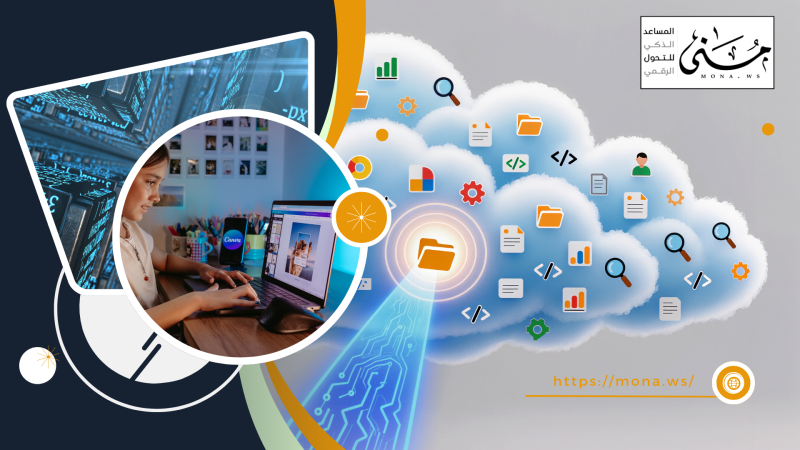

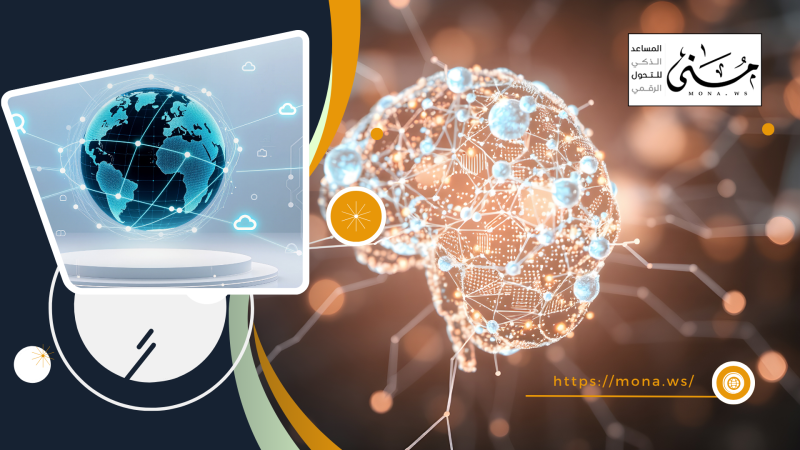
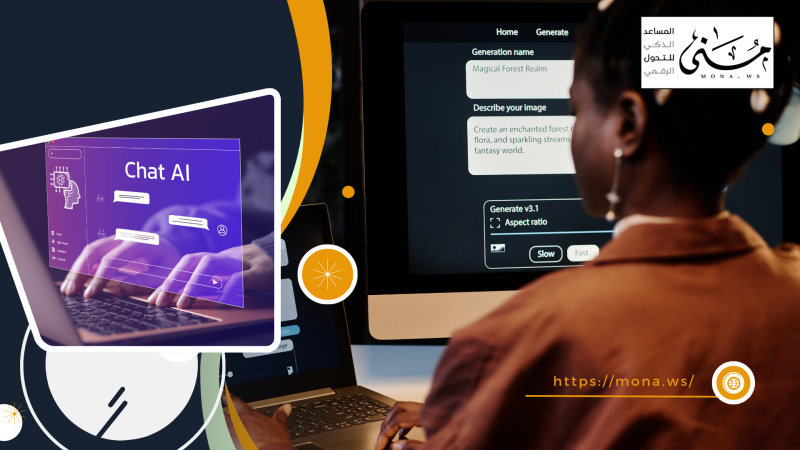


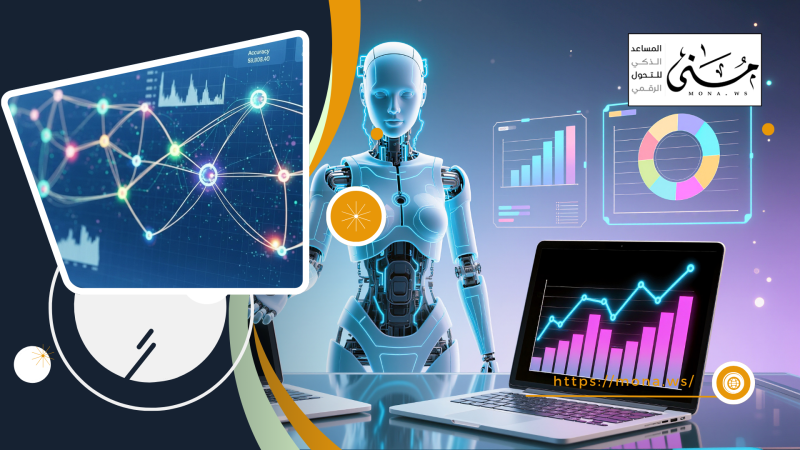

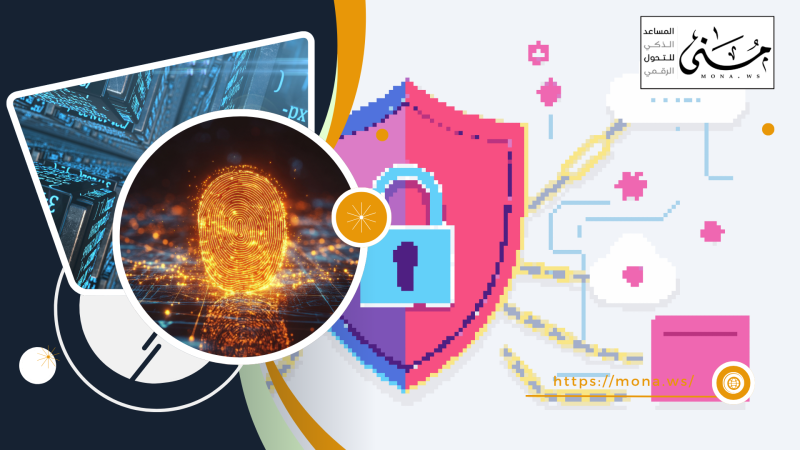

Comments
Add New Comment